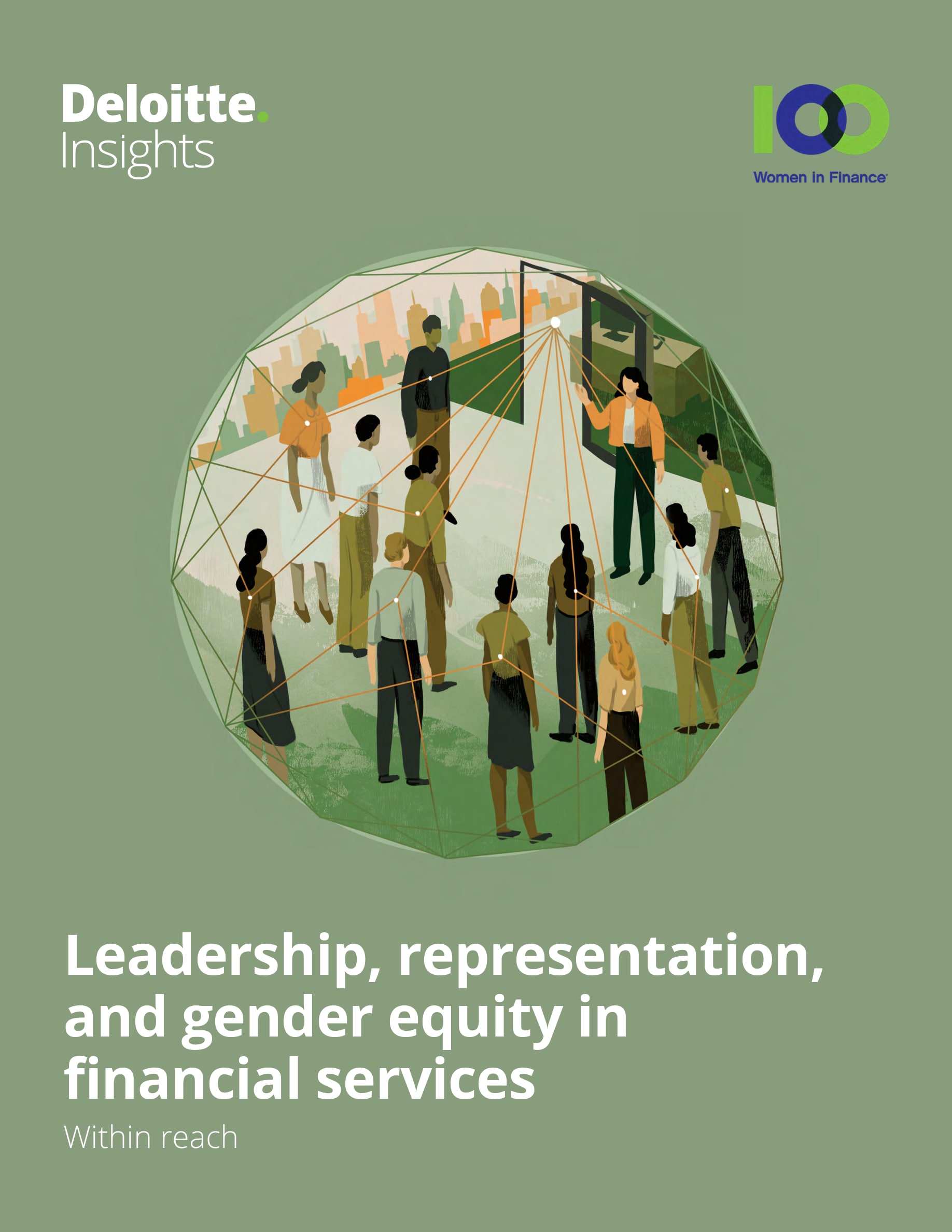Perspectives
Leadership, representation, and gender equity in financial services
Within reach
Published: 8 March 2022
The global pandemic has disproportionately impacted women in the workforce. To regain traction and improve gender diversity in financial services, now is the time for firm leaders to innovate and ramp up DEI strategies.
Key Messages
- In 2021, the proportion of women in leadership roles within financial services firms is 24% and is projected to grow to 28% by 2030—still below parity.
- Within the representative financial services sample (see methodology), for every woman added to the C-suite in an organization, three women rise to senior leadership roles. Known as the multiplier effect, this phenomenon is one of the most important reasons why financial services firms should bolster efforts to achieve gender equity.
- The gap between women in the C-suite and women in senior leadership roles is currently 9%. Financial services firms will need to take intentional, strategic actions in areas such as recruitment, retention, succession planning, and return-to-office work arrangements. If they don’t ramp up efforts now, this gap may widen to as much as 14% by 2030.
- Many financial services firms plan to use hybrid work models, which include more flexibility and remote work options, as a key component of their workplace strategies. Hybrid models can benefit employees, but leaders should thoughtfully and deliberately design them to advance—not deter—women’s career growth opportunities.
- Restart programs, which were growing in popularity before the pandemic, can become an even more powerful tool to attract and retain women now. Firms should consider expanding these programs to include senior leadership women who want to return to the workplace.
THE COVID-19 PANDEMIC has offered financial services firm leaders an opportunity to radically rethink the workplace. But to drive greater opportunities for women leaders and move the needle toward gender equity, firms should take intentional, data-driven, results-oriented actions while considering and eradicating the systemic biases that have propagated the disparities in gender equity we see today. DEI initiatives that were in place and gaining traction prepandemic may have helped employees overcome pandemic-related challenges. But as we acclimate to a work life that requires resiliency and flexibility, prioritizing workforce well-being and implementing bold gender equity strategies can be a long-term differentiator.
One report categorized women’s leadership style as “more collective than individual, more collaborative than competitive, and more coaching than commanding.” A recent global study revealed that female CEOs exhibited similar characteristics and focused on accountability, adaptability, empathy, and diversity during the crisis.25 As financial firms prioritize human capital, purpose-driven finance, and ecosystem partnerships, these skills are becoming more relevant than ever. Financial services leaders, therefore, need to be deliberate about their goals and efforts to position women at the helm.
Let’s not waste our opportunity to reach higher.



